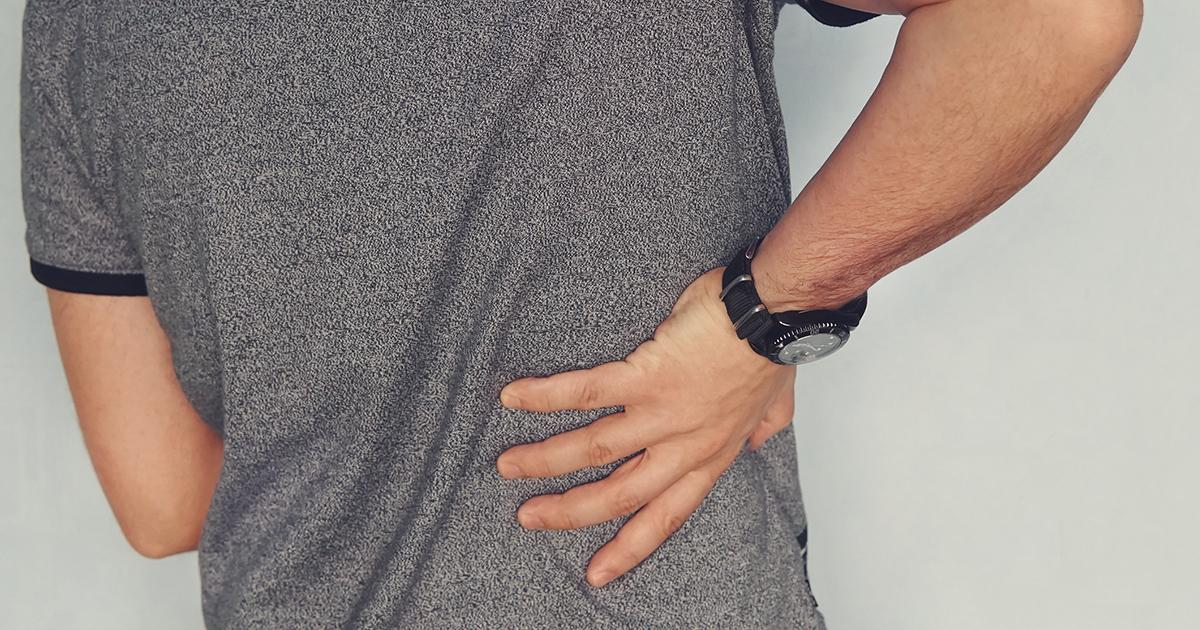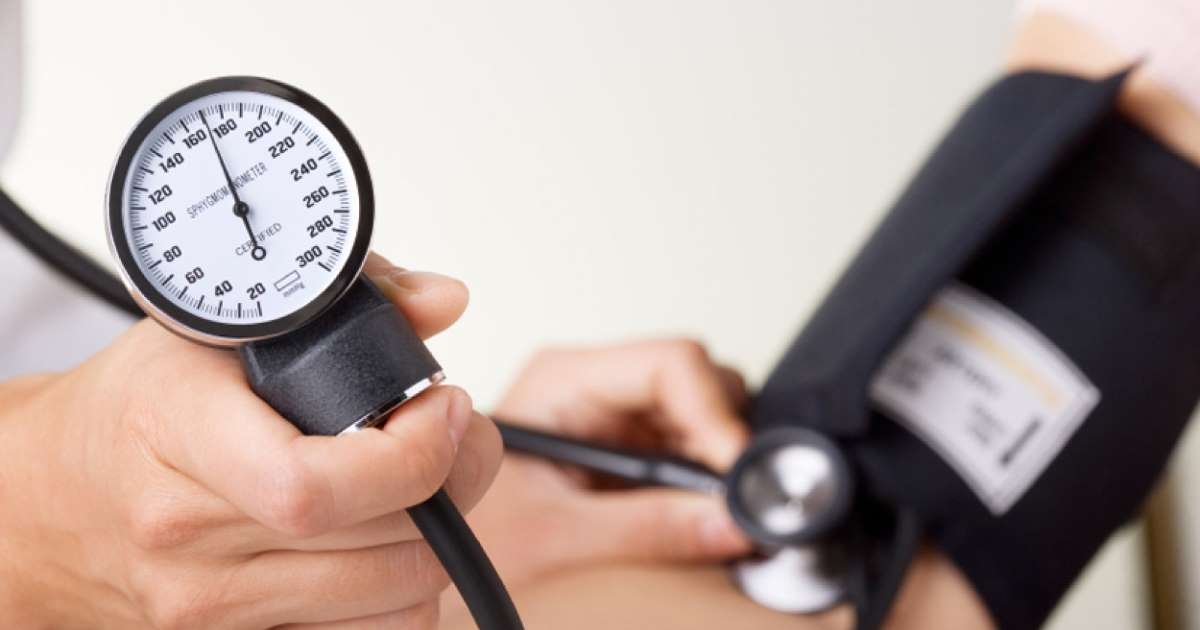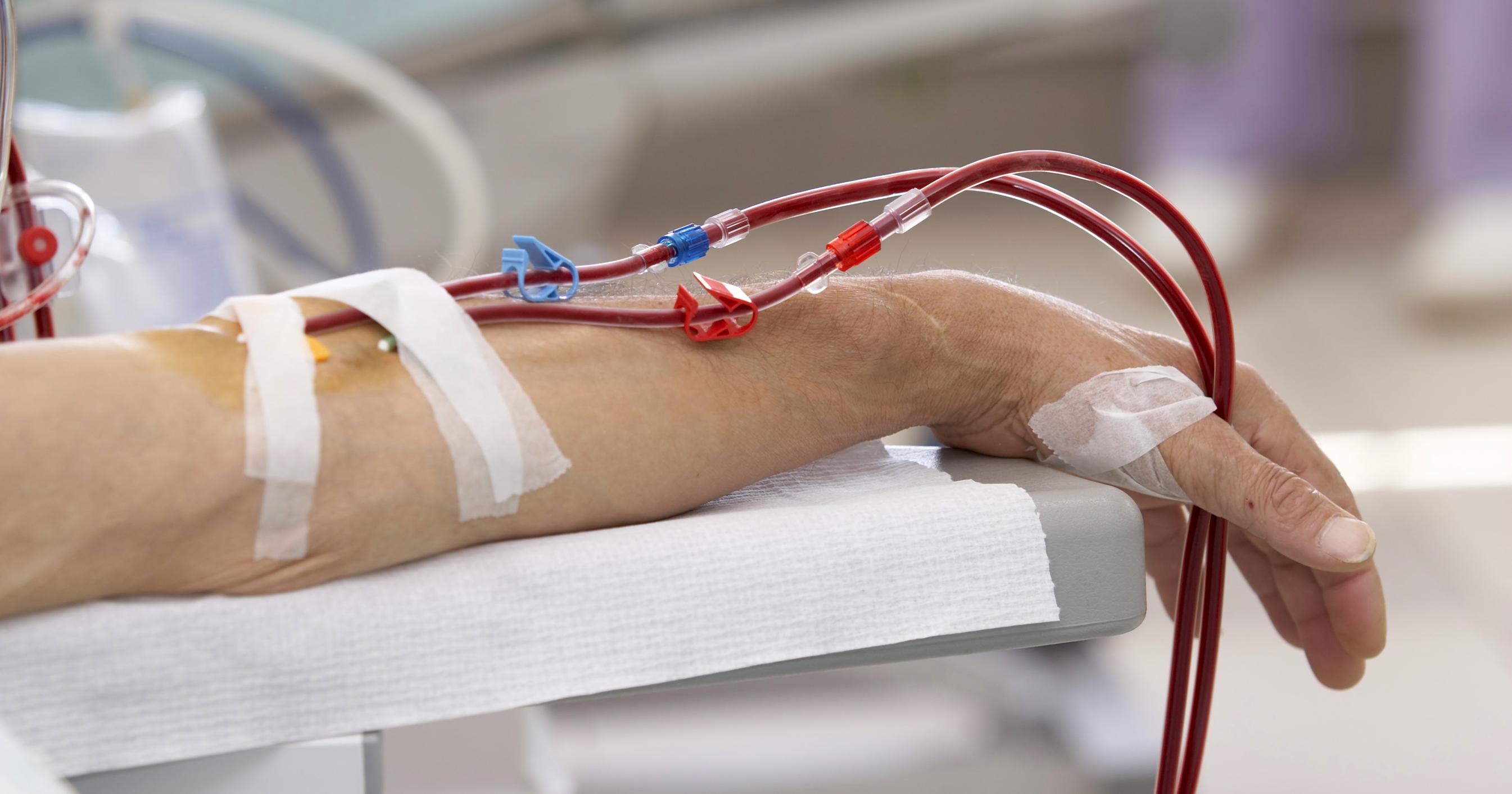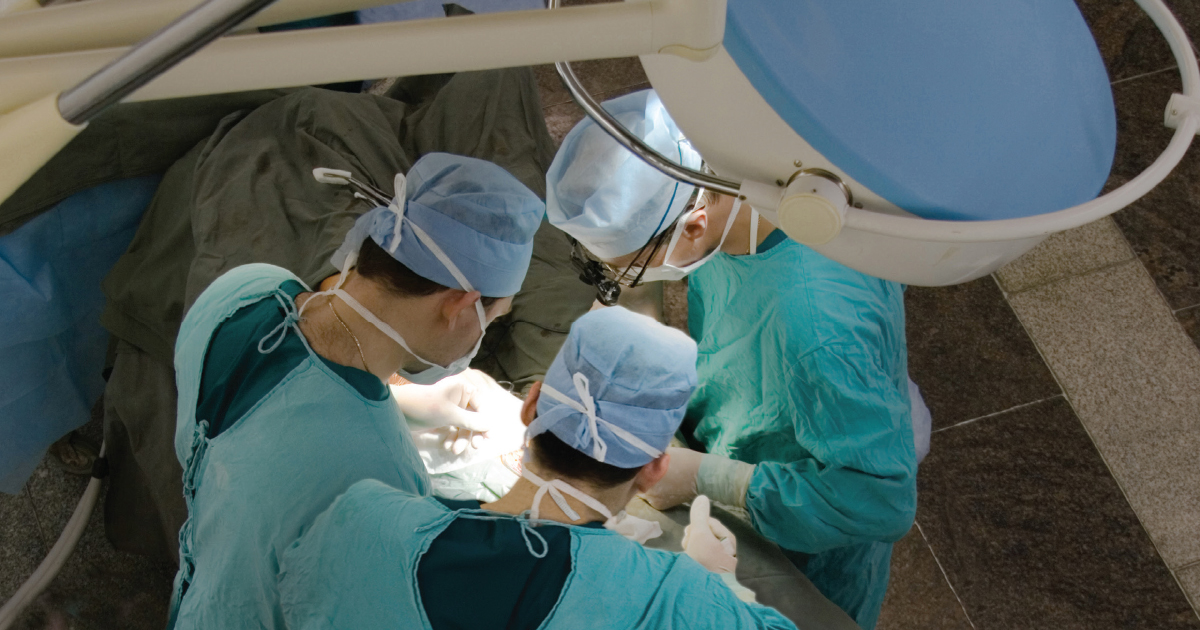Guide To Treating Polycystic Kidney Disease
One of the most prevalent life-threatening genetic diseases is polycystic kidney disease. In fact, it is in the top five causes of kidney failure. Polycystic kidney disease is characterized by a chronic development of cysts filled with fluid in the kidneys. The groups of these cysts are called clusters, and these clusters make the kidneys grow larger than normal over time as well as decreasing the functioning of the kidneys. While most of the cyst clusters manifest themselves in both kidneys, they can develop in other organs of the body like the liver. The biggest risk polycystic kidney disease poses is kidney failure, followed by high blood pressure, and abnormalities of the heart valves. If left untreated or if treated improperly, polycystic kidney disease will eventually lead to death.
Prompt Treatment Of Kidney Or Bladder Infections

Kidney or bladder infections can be dangerous even in individuals without polycystic kidney disease, because patients often assume they are not a big deal. A bladder infection that has gone untreated can easily make its way into the kidneys and cross the barrier into the bloodstream. An infection that has gotten into the bloodstream this way can cause sepsis and even death. Considering how dangerous urinary tract infections are to the general population, it's hard to interpret how very dangerous they can be to the already weakened urinary system of a polycystic kidney disease patient. Because certain functions the kidneys are responsible for performing can be compromised due to the cyst clusters caused by polycystic kidney disease, it is very crucial for a patient who has this disease seek prompt treatment of kidney or bladder infections with antibiotics at the very first signs of it. Patients with polycystic kidney disease should never attempt to flush the infection from their urinary system themselves with alternative treatments because their life can literally depend on it. While treatment protocol is generally the same for non-polycystic kidney disease patients with a urinary tract infection, the brevity of the situation is so much more significant for polycystic kidney disease patients.
Uncover more methods of treating polycystic kidney disease now.
Better Control Over Blood Pressure

Many patients diagnosed with polycystic kidney disease found out they had it due to the complication of high blood pressure. The clumps of cysts in the kidneys of polycystic kidney disease patients cause arteries to constrict, making the pathways the blood travels through more narrow. The body's response to this reduction in space the blood and circulatory system can utilize to perform its function of delivering oxygen and nutrients throughout the body, is to raise blood pressure. With higher blood pressure, the blood can maintain its flow throughout the body. While this may sound like a good thing, it often is not. High blood pressure is the leading cause of heart disease, of which some polycystic kidney disease patients may already be exhibiting from heart valve dysfunction caused by their condition. Better control over blood pressure is essential, as by not adequately controlling high blood pressure, polycystic kidney disease patients are increasing the burden on their kidneys to filter the blood and putting extreme amounts of strain on their heart.
Learn more about how to treat polycystic kidney disease now.
Drink Plenty Of Fluids

Dehydration is not good for anyone, but it especially important for polycystic kidney disease patients to avoid by drinking plenty of fluids. Plenty of water intake helps amplify the kidneys' function and gives them a nice boost to help them carry out their jobs, and this boost can be imperative for those who have polycystic kidney disease. Ensuring a proper amount of water is being consumed throughout the day can help inhibit the growth of cysts. The growth of cysts is enhanced with a hormone called vasopressin, and higher than the recommended intake of water every day will lower the level of vasopressin in the body. Consuming sodium will cause the body to react to the increased blood concentration by secreting vasopressin. In addition to the stimulation of cyst enlargement, vasopressin also tells the kidneys to operate in reverse by taking water from the urine and putting it back into the blood, when they should be doing the opposite. A consistent and abundant intake of water all day every day will only benefit anyone, and it will greatly benefit those with polycystic kidney disease.
Get the details on the next polycystic kidney disease treatment option now.
Kidney Dialysis

More then half of the individuals who have polycystic kidney disease will develop end-stage renal disease, which can only be treated with kidney dialysis or a transplant. Around thirty percent of children diagnosed with polycystic kidney disease will require treatment with dialysis or a transplant by the time they reach the double digits. The best type of dialysis is hemodialysis, which is when a giant machine that operates as an artificial kidney is hooked up to a blood vessel to filter the blood and then sent back into the body once filtered. While it can be time-consuming at three to four hours a session several days per week, it is the most effective method to maintain all bodily functions with the presence of end-stage renal disease. The other method of dialysis, peritoneal dialysis, is less effective and takes longer, however, it is more convenient for end-stage renal disease patients because it does not have to be done in a hospital or facility. Some polycystic kidney disease patients may be ineligible for this type of dialysis because the cysts in the kidneys reduce the surface area of the component that has a role in the way peritoneal dialysis works.
Identify the next treatment for polycystic kidney disease now.
Kidney Transplant

The ideal option for patients with polycystic kidney disease who have developed end-stage renal failure is a kidney transplant. Most patients in this situation utilize dialysis while on the waiting list for a new kidney. The process of finding a donor can take as little as a few months or as long as several years based on how difficult it is to find a match and what the donor availability is like. The best thing about a kidney transplant to treat polycystic kidney disease is once a healthy kidney is transplanted, no cysts will grow on the transplanted kidney. Should the transplant be completely successful and free of complications, it's a viable treatment to the renal failure induced by polycystic kidney disease. While the initial transplant surgery does not typically remove the damaged kidney, if the cysts on the damaged kidney continue to cause complications and pain after the transplant, it can be removed.